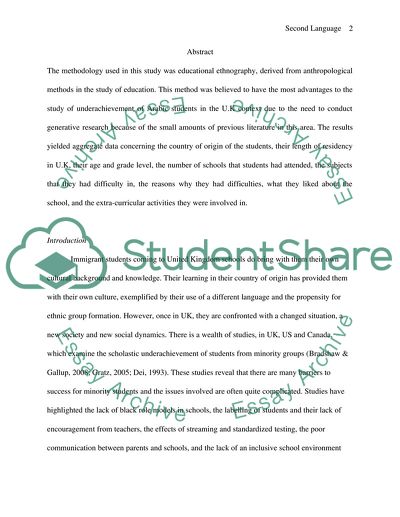Cite this document
(Research Methods in Teaching English Language and Learning Term Paper - 1, n.d.)
Research Methods in Teaching English Language and Learning Term Paper - 1. Retrieved from https://studentshare.org/education/1753242-reseach-methods-in-teaching-english-language-and-learning
Research Methods in Teaching English Language and Learning Term Paper - 1. Retrieved from https://studentshare.org/education/1753242-reseach-methods-in-teaching-english-language-and-learning
(Research Methods in Teaching English Language and Learning Term Paper - 1)
Research Methods in Teaching English Language and Learning Term Paper - 1. https://studentshare.org/education/1753242-reseach-methods-in-teaching-english-language-and-learning.
Research Methods in Teaching English Language and Learning Term Paper - 1. https://studentshare.org/education/1753242-reseach-methods-in-teaching-english-language-and-learning.
“Research Methods in Teaching English Language and Learning Term Paper - 1”, n.d. https://studentshare.org/education/1753242-reseach-methods-in-teaching-english-language-and-learning.


